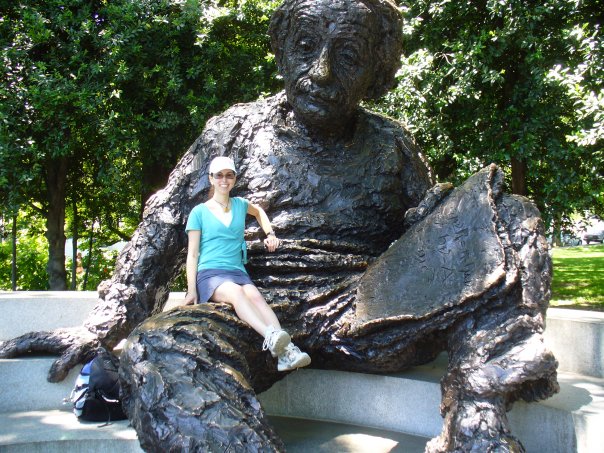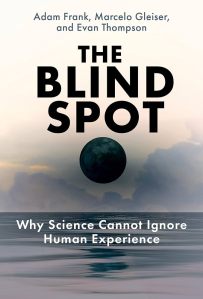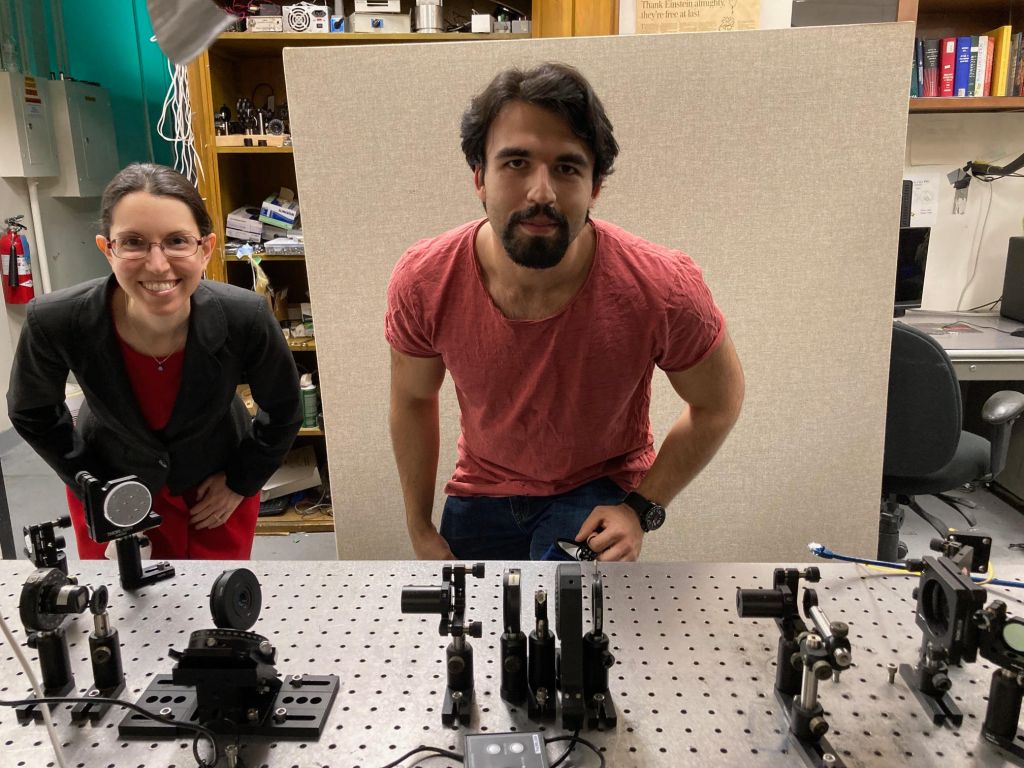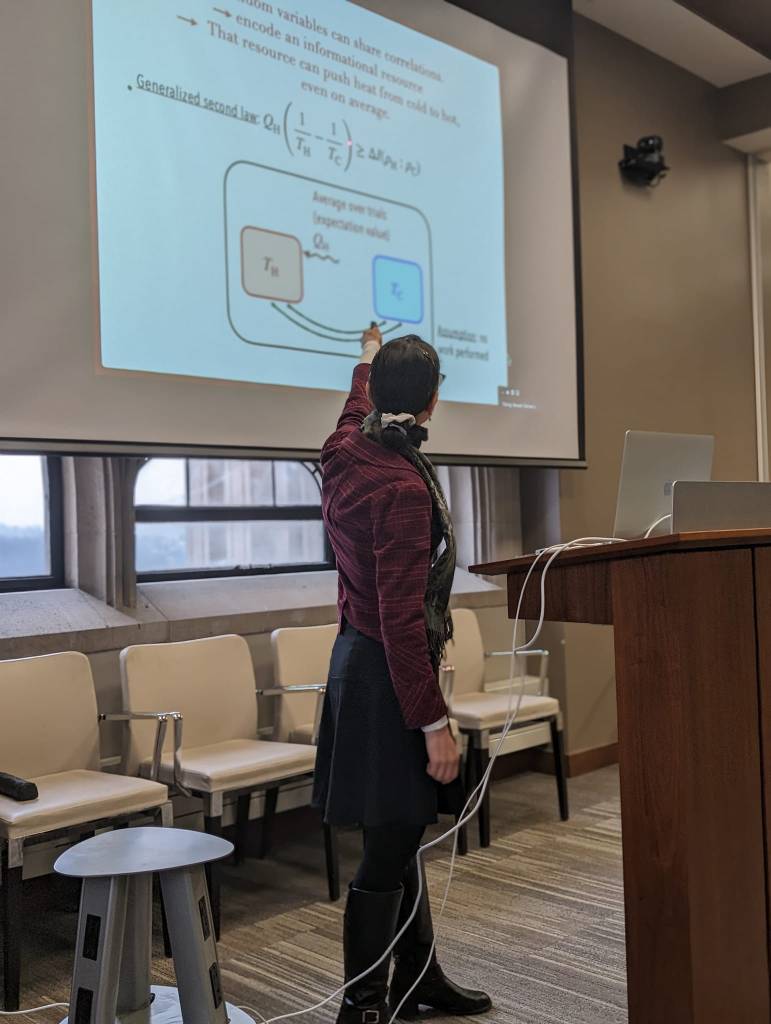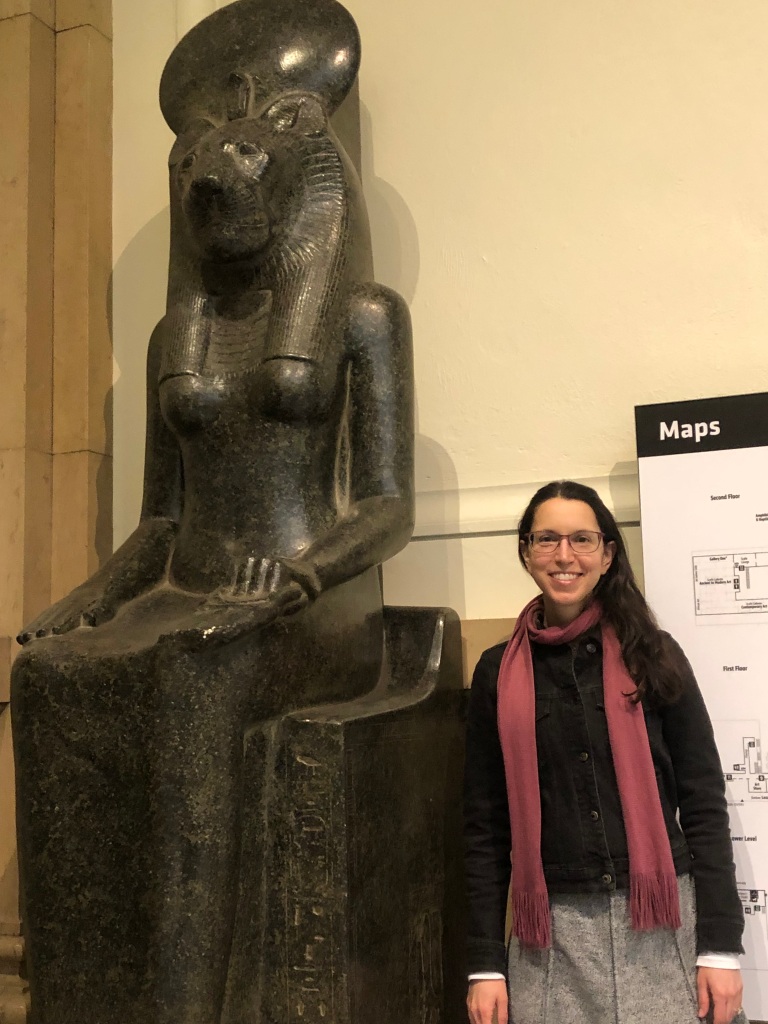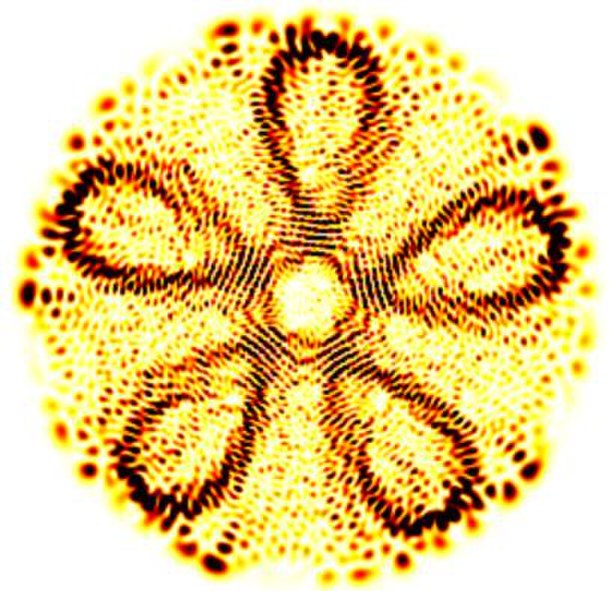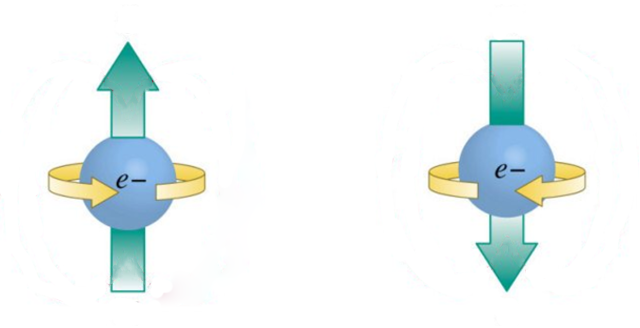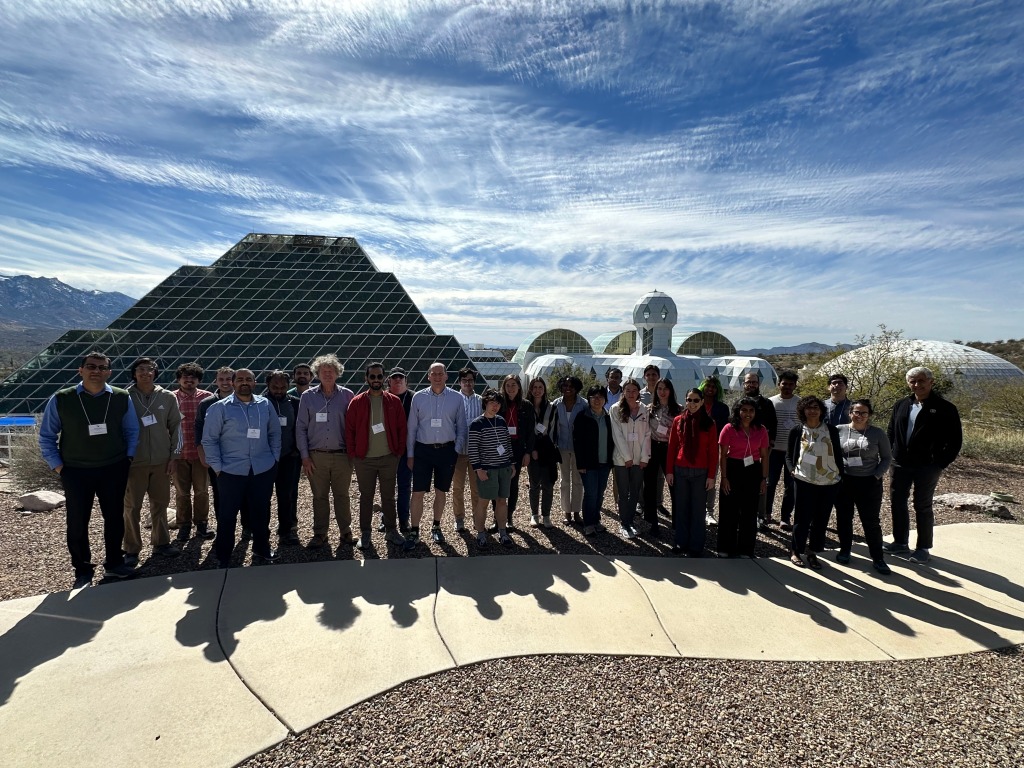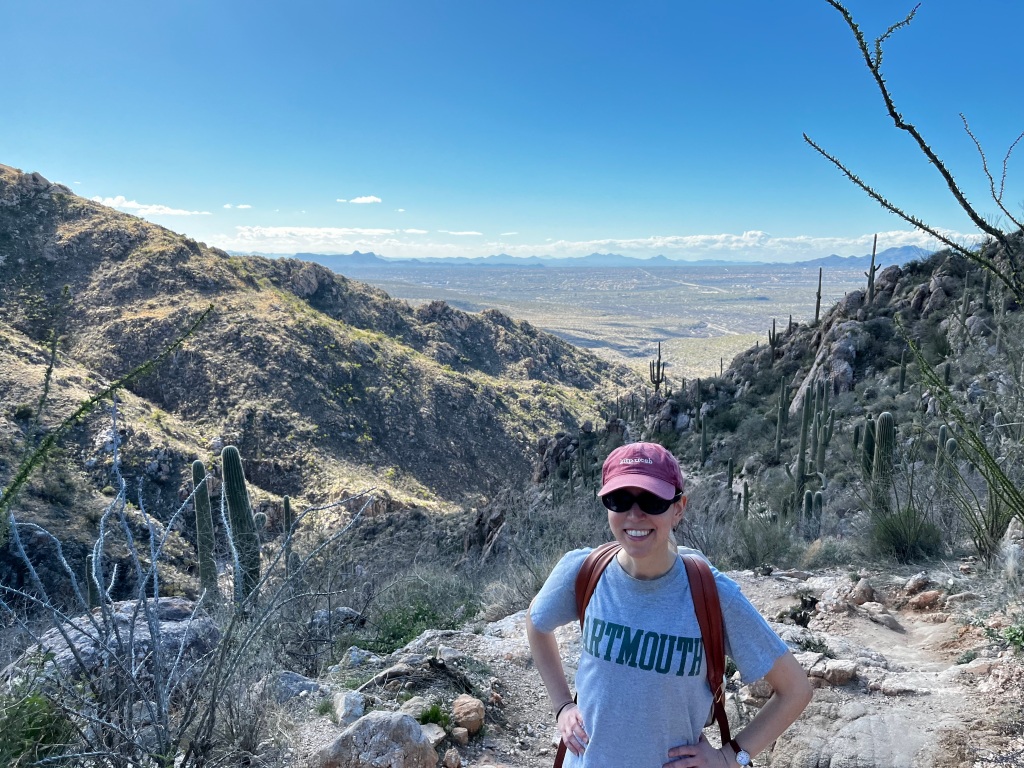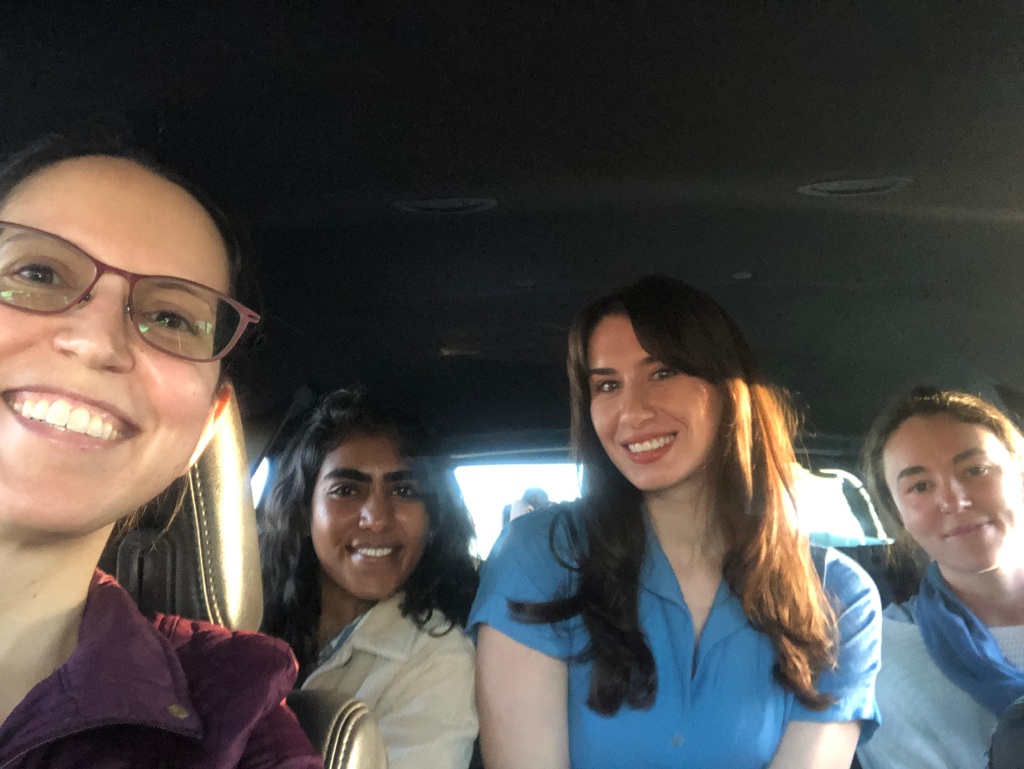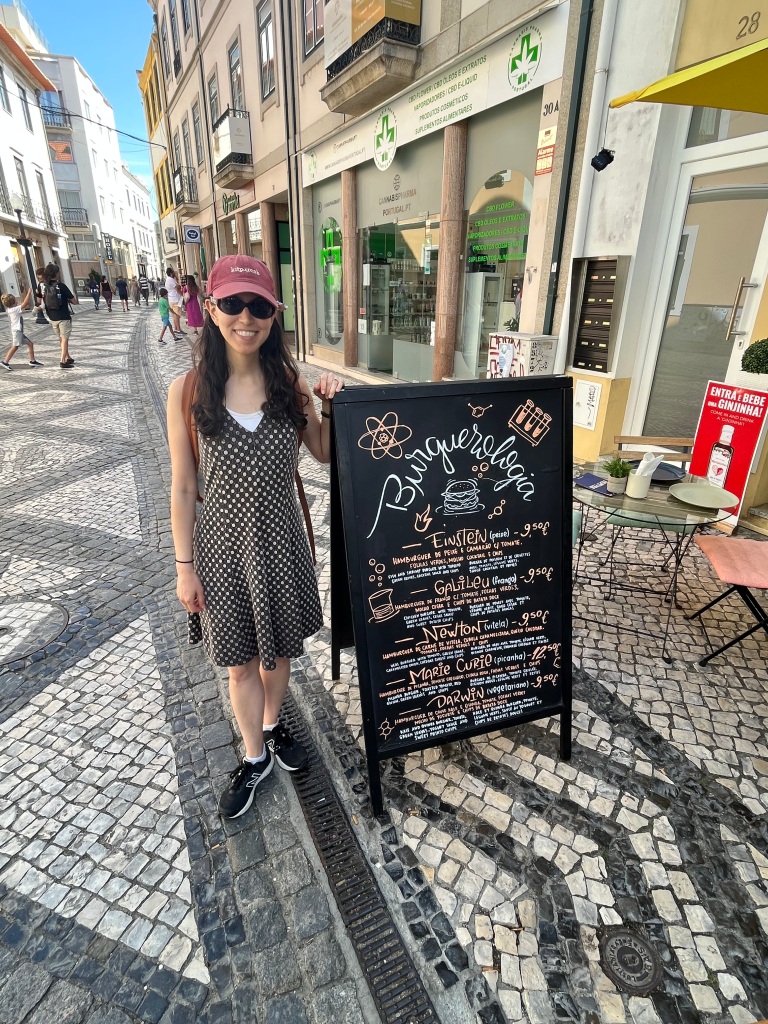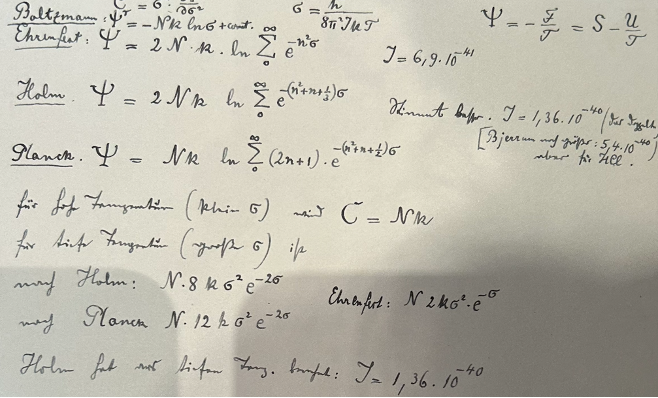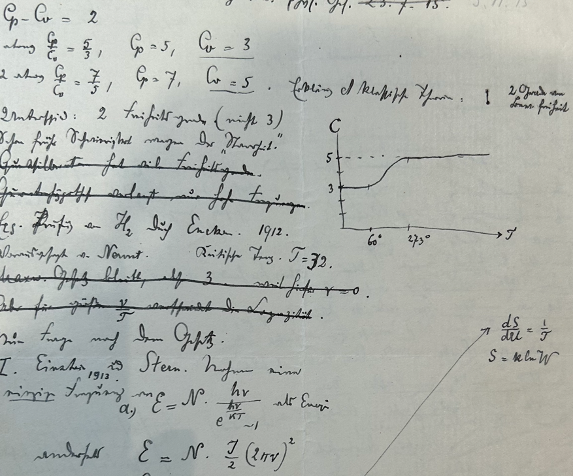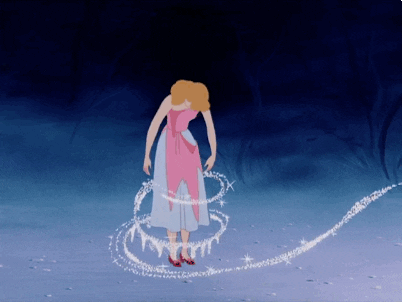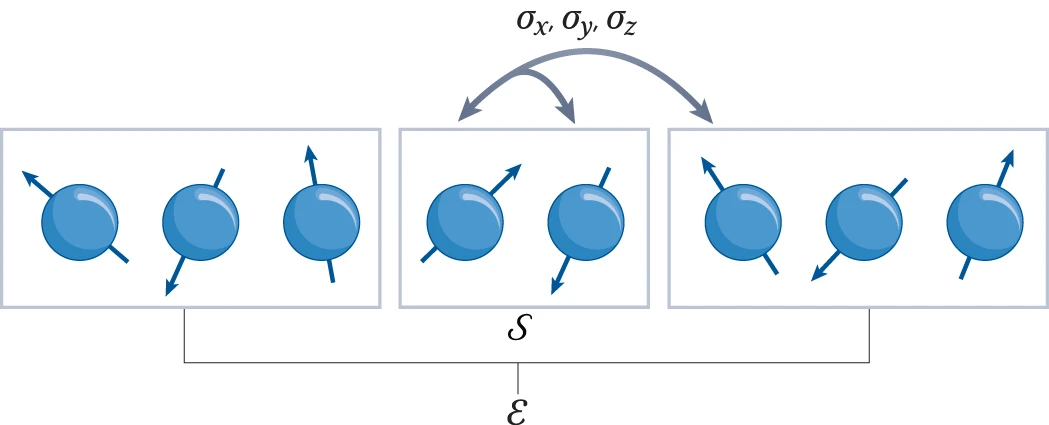The Noncommuting-Charges World Tour (Part 3 of 4)
This is the third part of a four-part series covering the recent Perspective on noncommuting charges. I’ll post one part every ~6 weeks leading up to my PhD thesis defence. You can find Part 1 here and Part 2 here.
If Hamlet had been a system of noncommuting charges, his famous soliloquy may have gone like this…
To thermalize, or not to thermalize, that is the question:
Hamlet (the quantum steampunk edition)
Whether ’tis more natural for the system to suffer
The large entanglement of thermalizing dynamics,
Or to take arms against the ETH
And by opposing inhibit it. To die—to thermalize,
No more; and by thermalization to say we end
The dynamical symmetries and quantum scars
That complicate dynamics: ’tis a consummation
Devoutly to be wish’d. To die, to thermalize;
To thermalize, perchance to compute—ay, there’s the rub:
For in that thermalization our quantum information decoheres,
When our coherence has shuffled off this quantum coil,
Must give us pause—there’s the respect
That makes calamity of resisting thermalization.
In the original play, Hamlet grapples with the dilemma of whether to live or die. Noncommuting charges have a dilemma regarding whether they facilitate or impede thermalization. Among the five research opportunities highlighted in the Perspective article, resolving this debate is my favourite opportunity due to its potential implications for quantum technologies. A primary obstacle in developing scalable quantum computers is mitigating decoherence; here, thermalization plays a crucial role. If systems with noncommuting charges are shown to resist thermalization, they may contribute to quantum technologies that are more resistant to decoherence. Systems with noncommuting charges, such as spin systems and squeezed states of light, naturally occur in quantum computing models like quantum dots and optical approaches. This possibility is further supported by recent advances demonstrating that non-Abelian symmetric operations are universal for quantum computing (see references 1 and 2).
In this penultimate blog post of the series, I will review some results that argue both in favour of and against noncommuting charges hindering thermalization. This discussion includes content from Sections III, IV, and V of the Perspective article, along with a dash of some related works at the end—one I recently posted and another I recently found. The results I will review do not directly contradict one another because they arise from different setups. My final blog post will delve into the remaining parts of the Perspective article.

Arguments for hindering thermalization
The first argument supporting the idea that noncommuting charges hinder thermalization is that they can reduce the production of thermodynamic entropy. In their study, Manzano, Parrondo, and Landi explore a collisional model involving two systems, each composed of numerous subsystems. In each “collision,” one subsystem from each system is randomly selected to “collide.” These subsystems undergo a unitary evolution during the collision and are subsequently returned to their original systems. The researchers derive a formula for the entropy production per collision within a certain regime (the linear-response regime). Notably, one term of this formula is negative if and only if the charges do not commute. Since thermodynamic entropy production is a hallmark of thermalization, this finding implies that systems with noncommuting charges may thermalize more slowly. Two other extensions support this result.
The second argument stems from an essential result in quantum computing. This result is that every algorithm you want to run on your quantum computer can be broken down into gates you run on one or two qubits (the building blocks of quantum computers). Marvian’s research reveals that this principle fails when dealing with charge-conserving unitaries. For instance, consider the charge as energy. Marvian’s results suggest that energy-preserving interactions between neighbouring qubits don’t suffice to construct all energy-preserving interactions across all qubits. The restrictions become more severe when dealing with noncommuting charges. Local interactions that preserve noncommuting charges impose stricter constraints on the system’s overall dynamics compared to commuting charges. These constraints could potentially reduce chaos, something that tends to lead to thermalization.
Adding to the evidence, we revisit the eigenstate thermalization hypothesis (ETH), which I discussed in my first post. The ETH essentially asserts that if an observable and Hamiltonian adhere to the ETH, the observable will thermalize. This means its expectation value stabilizes over time, aligning with the expectation value of the thermal state, albeit with some important corrections. Noncommuting charges cause all kinds of problems for the ETH, as detailed in these two posts by Nicole Yunger Halpern. Rather than reiterating Nicole’s succinct explanations, I’ll present the main takeaway: noncommuting charges undermine the ETH. This has led to the development of a non-Abelian version of the ETH by Murthy and collaborators. This new framework still predicts thermalization in many, but not all, cases. Under a reasonable physical assumption, the previously mentioned corrections to the ETH may be more substantial.
If this story ended here, I would have needed to reference a different Shakespearean work. Fortunately, the internal conflict inherent in noncommuting aligns well with Hamlet. Noncommuting charges appear to impede thermalization in various aspects, yet paradoxically, they also seem to promote it in others.
Arguments for promoting thermalization
Among the many factors accompanying the thermalization of quantum systems, entanglement is one of the most studied. Last year, I wrote a blog post explaining how my collaborators and I constructed analogous models that differ in whether their charges commute. One of the paper’s results was that the model with noncommuting charges had higher average entanglement entropy. As a result of that blog post, I was invited to CBC’s “Quirks & Quarks” Podcast to explain, on national radio, whether quantum entanglement can explain the extreme similarities we see in identical twins who are raised apart. Spoilers for the interview: it can’t, but wouldn’t it be grand if it could?
Following up on that work, my collaborators and I introduced noncommuting charges into monitored quantum circuits (MQCs)—quantum circuits with mid-circuit measurements. MQCs offer a practical framework for exploring how, for example, entanglement is affected by the interplay between unitary dynamics and measurements. MQCs with no charges or with commuting charges have a weakly entangled phase (“area-law” phase) when the measurements are done often enough, and a highly entangled phase (“volume-law” phase) otherwise. However, in MQCs with noncommuting charges, this weakly entangled phase never exists. In its place, there is a critical phase marked by long-range entanglement. This finding supports our earlier observation that noncommuting charges tend to increase entanglement.
I recently looked at a different angle to this thermalization puzzle. It’s well known that most quantum many-body systems thermalize; some don’t. In those that don’t, what effect do noncommuting charges have? One paper that answers this question is covered in the Perspective. Here, Potter and Vasseur study many-body localization (MBL). Imagine a chain of spins that are strongly interacting. We can add a disorder term, such as an external field whose magnitude varies across sites on this chain. If the disorder is sufficiently strong, the system “localizes.” This implies that if we measured the expectation value of some property of each qubit at some time, it would maintain that same value for a while. MBL is one type of behaviour that resists thermalization. Potter and Vasseur found that noncommuting charges destabilize MBL, thereby promoting thermalizing behaviour.
In addition to the papers discussed in our Perspective article, I want to highlight two other studies that study how systems can avoid thermalization. One mechanism is through the presence of “dynamical symmetries,” also known as “spectrum-generating algebras.” These are operators that act similarly to ladder operators for the Hamiltonian. For any observable that overlaps with these dynamical symmetries, the observable’s expectation value will continue to evolve over time and will not thermalize in accordance with the Eigenstate Thermalization Hypothesis (ETH). In my recent work, I demonstrate that noncommuting charges remove the non-thermalizing dynamics that emerge from dynamical symmetries.
Additionally, I came across a study by O’Dea, Burnell, Chandran, and Khemani, which proposes a method for constructing Hamiltonians that exhibit quantum scars. Quantum scars are unique eigenstates of the Hamiltonian that do not thermalize despite being surrounded by a spectrum of other eigenstates that do thermalize. Their approach involves creating a Hamiltonian with noncommuting charges and subsequently breaking the non-Abelian symmetry. When the symmetry is broken, quantum scars appear; however, if the non-Abelian symmetry were to be restored, the quantum scars vanish. These last three results suggest that noncommuting charges impede various types of non-thermalizing dynamics.
Unlike Hamlet, the narrative of noncommuting charges is still unfolding. I wish I could conclude with a dramatic finale akin to the duel between Hamlet and Laertes, Claudius’s poisoning, and the proclamation of a new heir to the Danish throne. However, that chapter is yet to be written. “To thermalize or not to thermalize?” We will just have to wait and see.

